Menu
Understanding Ear Fluid
What is Ear Fluid and How Common Is It?
Ear fluid, also called otitis media with effusion (OME), is a build-up of mucus or liquid behind the eardrum, without symptoms of an ear infection. Nearly all children get ear fluid at least once by school age.
How Does Ear Fluid Differ from an Ear Infection?
Ear infections (AOM) occur when germs (bacteria and/or viruses) enter the middle ear and cause fever, ear pain, and active (acute) inflammation. Both AOM and OME have fluid in the middle ear, but with OME the fluid is not actively infected and pain may be absent or minimal.
If My Child Gets Ear Fluid, How Can I Tell?
You might not be able to tell. Some children with OME have obvious hearing problems, but other children may have no symptoms at all or more subtle findings (e.g., ear rubbing, clumsiness, selective hearing, disturbed sleep). Your doctor can detect ear fluid by looking in the ear canal (otoscopy) or by measuring the movement of the eardrum (tympanometry or pneumatic otoscopy).
What Causes Ear Fluid?
OME may be caused by a cold, an ear infection (AOM), or by the normal congestion (negative pressure) that many young children have in their middle ear. Often OME is detected during a routine doctor’s visit and the exact cause is unknown.
Should I Worry if My Child Has Ear Fluid?
Most fluid goes away on its own in weeks or months, especially if it was caused by a cold or an ear infection. OME is of more concern if it lasts more than 3 months or when your child has other problems that could be made worse by persistent ear fluid (e.g., delays in speech, language, learning, or development). Your doctor should check the ears periodically until the fluid is gone.
What Is the Best Way to Manage Ear Fluid?
There are many opinions about managing OME, but the best advice can be found in clinical practice guidelines, which make recommendations based on best available evidence and by considering the potential benefits and harms of different strategies.
Source
Rosenfeld RM, Shin JJ, Schwartz SR, et al. Clinical practice guideline (update): otitis media with effusion. Otolaryngol Head Neck Surg. 2016;154(1 Suppl):215-225.
Related Conditions
The information on ENThealth.org is provided solely for educational purposes and does not represent medical advice, nor is it a substitute for seeking professional medical care.
Copyright 2024. American Academy of Otolaryngology–Head and Neck Surgery Foundation

